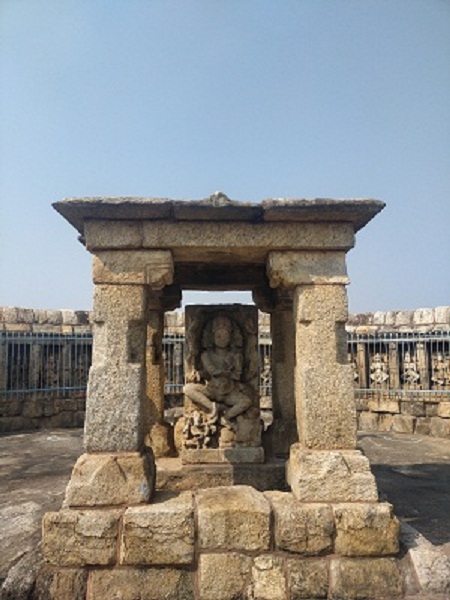If you ever plan to visit Odisha, your itinerary must feature Western Odisha because it is one of the most beautiful parts of the state. And if you suffer from time constraints, then visit at least one district of the region. In that case I will recommend you to take a tour of Balangir district as it will offer you some of the most exciting travelling experiences.
Balangir is bounded to the northwest by the Gandhamardan hill. It is traversed by numerous hill streams. The name Balangir is supposed to be derived from Balaramgarh, a fort established here in the 16th century by Balram Deo, the 19th Raja of Balangir and who also founded the Sambalpur kingdom. Subarnapur District in the east, Nuapada District in the west, Kalahandi District in the south, and Bargarh District in the north surround Balangir. Many festivals are celebrated with enthusiasm in Balangir.
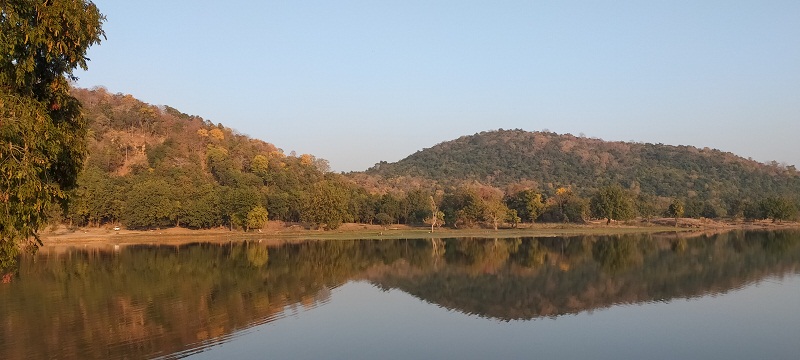
The most well-known celebration in this region is Nuakhai. Apart from this, Bhaijintia, Puojintia, puspuni, Laxmi puja, as well as other festivals are celebrated with great fanfare and passion throughout the region. The most popular folk dance and music of Balangir region Dalkhai, Rasarkeli, Mailajada, Nachnia, Bangri, khudka, Danda, Sanchar, Samprada, Ghumura, Dhap,Daka,Karma, Gourbadi,Kalngadanda, Krushnaguru, kirtan, Panchrasi, Panchabadya (Gandabaja),Jhanughanti,Parsuram.
Balangir is where culture and nature coexist. Let’s explore this exciting place of Western Odisha.
Post Contents
Balangir: The Ranipur Jharial temple ruins
When we talk about places of historical and tourist importance in Western Odisha, the first name that comes to our mind is the group of Ranipur Jharial temples located some 430 kilometers from the state capital Bhubaneswar and 105 kilometers from the district headquarters Balangir.
Perched on a rocky outcrop and nestled between the two villages, Ranipur and Jharial these stone temples built during the 9th and 10th century AD speaks volumes for the glorious past that the area once enjoyed. While all the monuments which run to hundreds worth their merit for the visitors, the main attraction however is the 64 Yoginee temple, the hypethral structure. The place is also referred to as ‘Soma Tirtha’, as it boasts of an ancient Shiva temple known as Someswar Shiva temple.

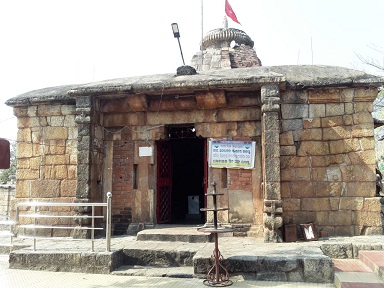
And there is the majestic Indralath temple, one of the tallest brick temples of ancient India situated at a distance of merely a few hundred meters from the main site. Archeological Survey of India (ASI) has been entrusted with the maintenance of the group of temples that combine a cross-section of the religious faiths like Shaivaism, Vaishnaism, Buddhism, and Tantrism.
Though the place has so much potential as a tourist destination, it is largely unexplored, less traveled, and utterly neglected. Let me discuss in detail about everything that you must know about the Ranipur Jharial temples before you plan a visit to the site of ruins. For a detailed study of Ranipur Jharial, you can read my post Everything you need to know about Ranipur Jharial temples.
64 Yoginee temple
This is one of the five 64 Yoginee temples found in India. While one more located in Odisha in Hirapur village near Bhubaneswar, the other three are in Bhedaghat, Khajuraho, and Mitaoli in Madhya Pradesh. Incidentally, Ranipur Jharial temple is the first to be discovered among all the 64 Yoginee temples in 1853 by Major-General John Campbell, a British Army Officer who served in the Ghoomsoor war in 1836-37.
In stark contrast with the traditional Hindu temples, the 64 Yoginee temples are not closed structures and they don’t have the garbhagriha or the sanctum sanctorum where you have the presiding deity. Rather these are circular structures opened to the sky. Ranipur Jharial temple has a diameter of about 50 feet making it twice the size of Hirapur Yoginee temple near Bhubaneswar.
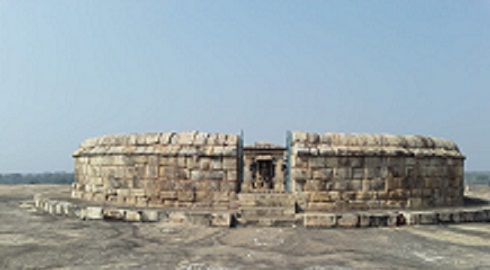
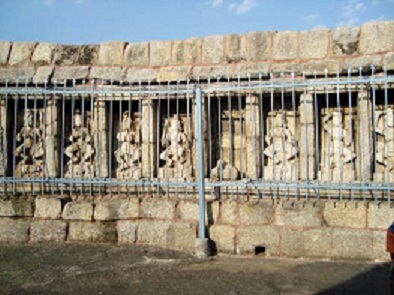
PC: Kalpana Mishra
The images that adorn the wall of the circular temple are poised as dancing. As it is an open temple extreme weather, particularly rain has taken a toll on the attributes of the images. The once finely carved images made of up sandstones have now weathered and eroded.
14 of the Yoginee images have animal heads like that of an elephant, cat, snake, or antelope. This clearly suggests a tantric overtone. Here we don’t have the matrikas or mother goddess images along with the Yoginees unlike in the case of the other temples. This is because Ranipur Jharial temple was built much earlier.
There are 64 niches in the temple including the one at the center housing the three-faced Shiva in a dancing pose. This is a roofed structure and the images are largely intact. Sadly, 13 of these 64 statues of Yoginees made up of sandstone are missing and some others have been damaged beyond recognition. The temple is now grilled to protect the monuments from vandals.
Harishankar of Balangir: The temple, hills and springs
A place of pilgrimage with unmatched scenic charms and located at a distance of 80 kms from Balangir, the district headquarters town Harisankar is awesome standing amidst picturesque landscape on the southern slope of Gandhamardan. Several natural springs add more charm to this place. Most tourists like to go for an adventurous trekking trip in the mountains of Harishankar. The tourists also do not miss to enjoy bathing in the Khasada Pathara (Slippery Stone) situated near the temple where the spring touches the ground.
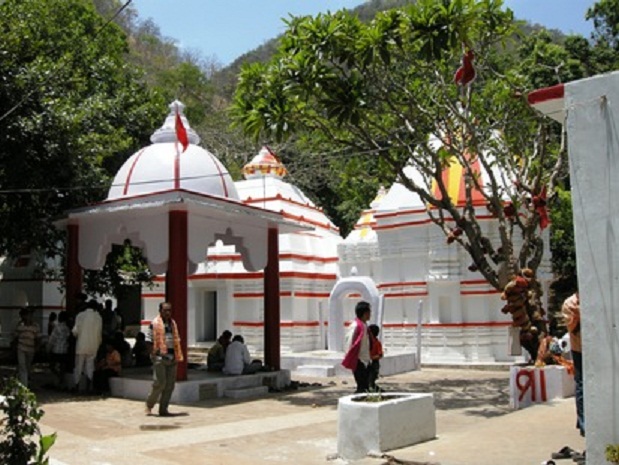
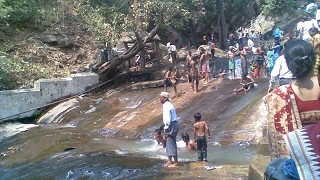
Gandhamardan mountain boasts of at least 22 perennial springs and is home to a rich treasure of flora and fauna that makes it a tourist paradise. Gandhamardan in general and Harishankar in particular is home to some of the rare herbal plants found in the country. Moreover, the place is endowed with so much of natural beauty that tourists throng in thousands every day. The nature has been so kind to bestow all its charm to the place making it one of the best places for tourists in the state. And of course, there is the temple of Hari and Shankar in the foothills.
The temple
Harishankar temple is situated on the southern slope of Gandhamadan hills amidst the natural wealth. The temple also connects to two Hindu gods, Vishnu and Shiva. The deity idol dates back to the 14th century AD which was discovered by a Chouhan dynasty king who ruled the then Patna state. From that time the deity being worshipped here. Historians attribute the temple to Maharaja Baijjal Singh Dev who built the temple as per the wish of his wife Durlabha.
Festivals
Maha Shivaratri is the main festival at the Harishankar shrine. It is a festival celebrated annually in honour of Lord Shiva. Thousands of pilgrims and tourists throng the hill temple on the occasion which usually falls in February or March. Other important festivals celebrated include Makar Sankranti and Magha Mela.
The Falls
Gandhamardan boasts of several perennial falls. The one that is very popular on the Harishankar side of the mountain is Papanasini dhar. There is a belief that all your sins are washed away if you take a bath here.
Trekking
There is a trekking route between Harishankar and Nrushinghanath which covers a distance of 16 kilometers. Visitors interested in eco-tourism and the mountaineers come here to trek the arduous route. However, thousands of pilgrims throng and trek the distance on the occasion of Nrusingha Chaturdushi festival which is celebrated both in Harishankar and Nrusinghanath.
Travel Tips
Harishankar can be reached by air, rail, and roads. The nearest airport is Vivekananda International Airport in Raipur about 173 kilometers away. Kantabanjhi is the nearest railhead. A tourist bus runs between Balangir and Harishankar every weekend. You can use the services of the bus on other days of the week if you book the whole bus. The weather is pleasant all through the year. You can visit the place at your own will.
Bhima Dunguri of Balangir:The greenery and caves
Bhima Dunguri holds a distinctive place on the tourism map of Odisha due to its splendorous natural wealth and beauty, which is surrounded by evergreen forest. Bhima Dunguri is famed for its ancient natural caves that are dotted over the hilly area. During the spring season, the panoramic view of this place is unrivalled, and any type of traveller will be fascinated by its breathtaking surroundings.
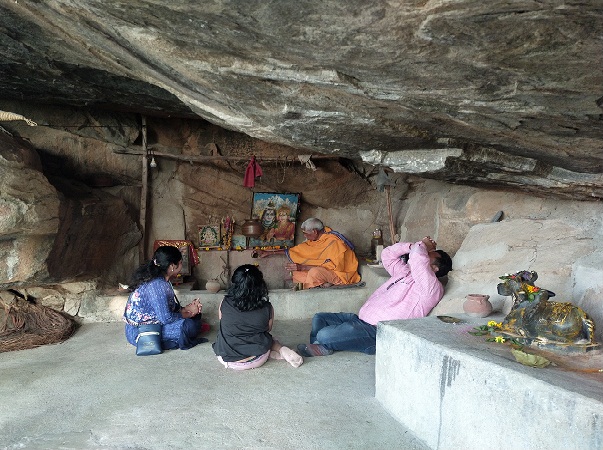

Local people here celebrate Girigobardhan Puja during the month of Kartika purnima every year with a great pomp & gaiety. Side by side a Mela and Sankirtan are also organized on this auspicious occasion. Bhima Dunguri is just 28 k.m. away from Balangir town, situated under the Deogaon Block. There is also a good all weather motorable road connected to this place from Balangir town. It is an excellent place for week-end retreat. Reasonable Hotels, Circuit House, IBs are available at Balangir town.
Must Read: Revisiting Bhima Bhoi and Mahima Dharma in Khaliapali
Kumuda Pahad of Balangir: Of hill and cave temple
Kumuda Pahad is a beautiful natural setting with a lot of tourism potential. It is, as the name implies, a mountainous place where Lord Dhabaleswar is embodied in a large natural spacious cave measuring 80 feet by 40 feet. There are three more caves nearby. The temple is only 40 feet above the hill’s base. It is a tiny temple of its kind, yet it is the most famous temple in this area due to its religious significance. This temple attracts a large number of people because Lord Dhabaleswar is exceedingly benevolent and merciful to the visitors. During the months of Shravana and Maha Shivaratri festival, the temple attracts thousands of tourists.
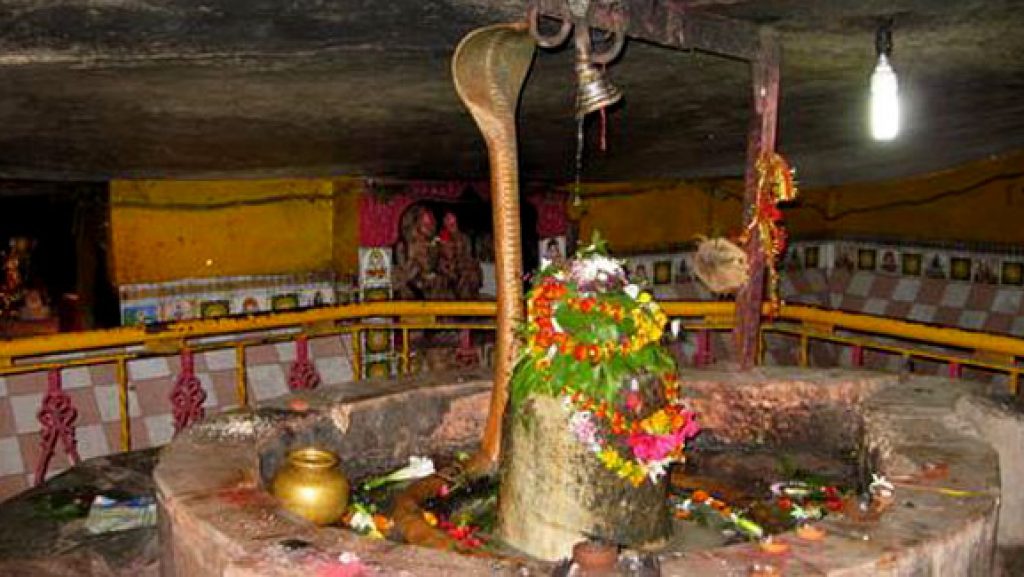
The significance of the place is due to the presence of the Lord Shree Ram Temple nearby. The little reservoir on top of the hill enhances the hill’s landscape. There is also a huge reservoir where water sports can be done. This is an excellent destination for weekend retreats. Kumuda Pahada is only 0.5 km from Titilagarh town and 65 kms from Balangir. There are some reasonable budget hotels and guest houses available here.
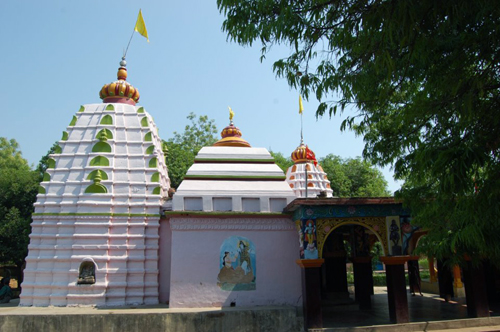
You may like: Sabarmati Ashram: Where simplicity is the mantra
Jogisharda
Jogisarda, located 25 kilometres east of Balangir, is well-known for its Jogeswar Temple. Those who worship Jogeswar Mahadev are said to have their wishes granted. The Linga of Jogeswar Mahadev suddenly arouses, earning it the moniker “living God.” Devotees from all over the world gathered to fulfil their desires on the occasion of Mahashivaratri, and the marriage of Lord Shiva and Goddess Parbati also celebrated with great pomp and gaiety during Sital Shasthi Yatra.

Patneswari Temple of Balangir
Patnagarh, the ancient capital of the Kingdom of Patna, stands proudly 40 kilometres west of Balangir, surrounded by ancient shrines. Patnagarh in the modern period is a happy synthesis of mythic past and modern present. This town, which is rich in natural beauty, is well-known for its many historical antique temples. The shrines of Goddess Patneswari – the presiding deity – Shakti Peeth in the Chalukya style and that of Someswar Shiva witnessing the 12th century are architectural marvels. The temple sculptures are a recollection of the first set of temples created under the Chauhan dynasty in western Odisha.
Chandi Temple of Balangir
Saintala, 38 kilometres south of Balangir, is proud of its shrine of Goddess Chandi in Mahisamardini form, which is currently housed in a tiny mound. Among the notable objects referenced in sculpture are the Dasavatar (ten incarnations) depiction of Vishnu and a damaged door jamb with figures of Ganga and Yamuna. The temple Chandi is now in a shambles.
Also read: Gingee fort: 5 amazing facts that make it a must visit
Travel Tips
- Balangir can be assessed by air, rail, and road from all parts of the country. Swami Viveknanda airport in Raipur (International) about 290 kilometers and Biju Pattnaik International airport in Bhubaneswar, 330 kilometers away are the nearest airports. The nearest railway station is Balangir junction. Balangir is well connected by road to all parts of Odisha and neighbouring Chhatisgarh.
- Balangir has one of the best accommodation facilities in Western Odisha. There are hotels to suit your pocket.
- Balangir can be visited at any time of year, but plan your travel preferably in winter. It is ideal to visit from October to February when the weather is very pleasant. As you know Balangir is infamous for very harsh summers, so it is a strict no-no.
- If you have time you can explore nearby places and visit the Dwarasani temple in Sindhekela (10 Kms) and Tikhali dam project in Khariar (40 Kms). You can also visit Sonepur and Khaliapali, both in Subarnapur district and are highly recommended.
.

